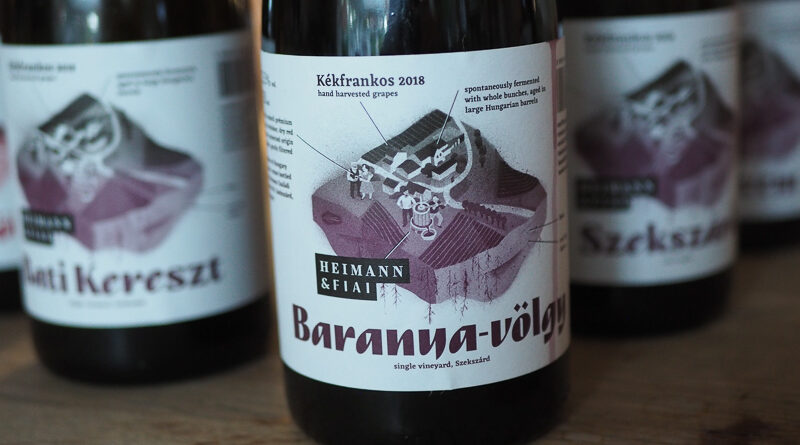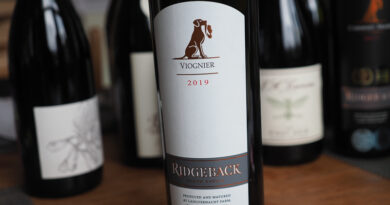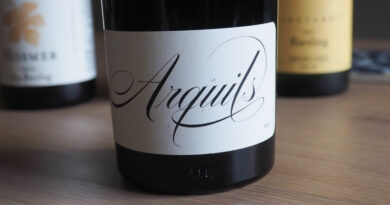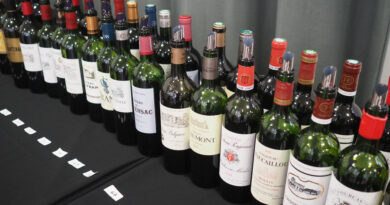Heimann & Fiai: exciting Kadarka and Kékfrankos from Hungary
The 2200-hectare appellation of Szekszárd is one of the historic wine regions of Hungary. It’s in the middle of the country, next to the Danube, on the first slopes of the Transdanubian Hills.
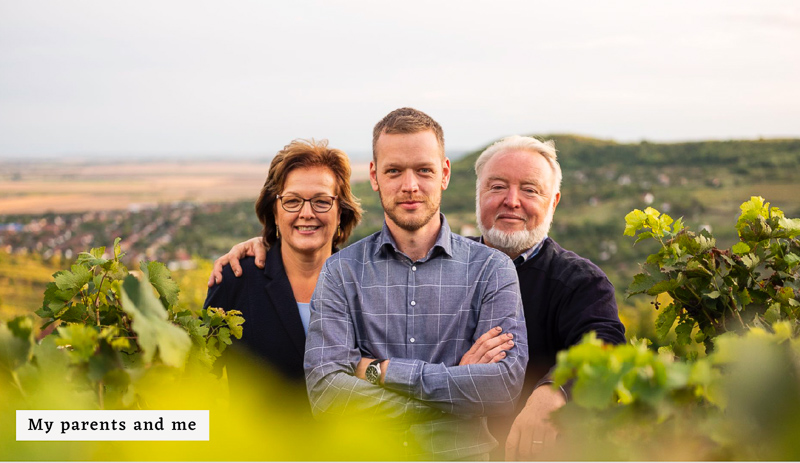
I caught up with Zoltán (Zoli) Heimann to discover the work he’s doing with two indigenous grape varieties: Kadarka and Kékfrankos (aka Blaufrankisch and Lemberger, a variety shared with Austria and Germany).
Heimann has 25 hectares of vineyards in five valleys. Here there is a shift in landscape: to the east is the big Hungarian plane that continues to Romania. To the west there are rolling hills that start here and continue to the alps.
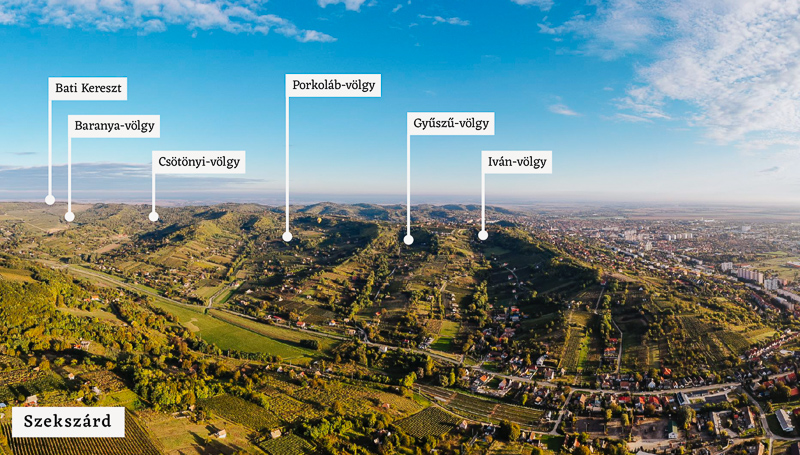
The terroir here is gentle slopes and small hills, at an altitude of 240-260 m altitude, with loess soils. These can be quite deep. It gives a mellow, approachable, fruit-forward character to the wine, and it doesn’t give the strong character of schist or volcanic soils. Loess is a small particle, dusty soil that doesn’t look interesting. Here, the loess has small aggregates of limestone that have gathered in the soil. It’s very susceptible to erosion
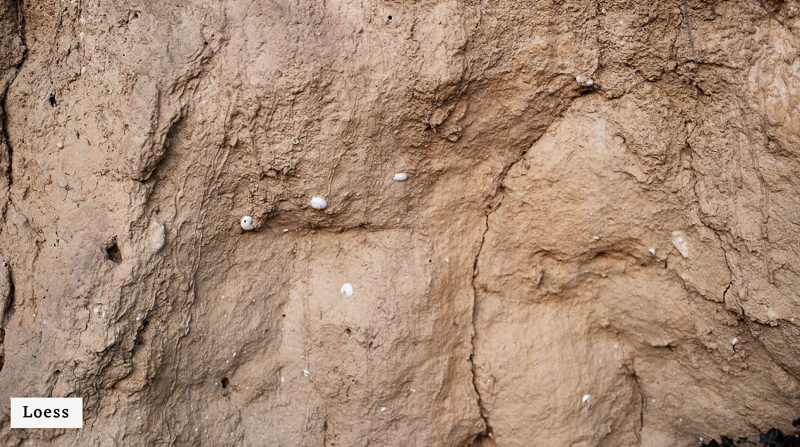
His parents began a small wine company in the 1990s, from the vineyards of his grandparents. At the time Hungary was interested in the international varieties, so they have quite a bit of Merlot and Cabernet Franc, but this isn’t what gets Zoli excited. ‘My interest from the start was more in our indigenous varieties,’ he says. ‘We decided to put more emphasis on these varieties with new plantations, and clonal selections of Kadarka.’ Indeed, his social media handle is kadarka_man.
Viticulture isn’t certified organic, but they are looking to maintain soil health and use cover crops. ‘My grandfather did no cover crop,’ says Zoli. ’20 years ago we did every other row. Now we do it on most rows.’ The soils here have good water-holding capacity and reasonable vigour. ‘The cover crop helps find the balance with a bit less vigour. Instead of herbicides we started using physical under row cultivation 15 years ago.’
While the existing wines of his parents, which have a good following domestically, have been retained, Zoli is launching a new series of wines with local varieties, made in a different way. ‘2018 was the first vintage where the winemaking style showed these varieties properly,’ he says. For this range he has also introduced a new label design that better reflects what’s in the bottle.
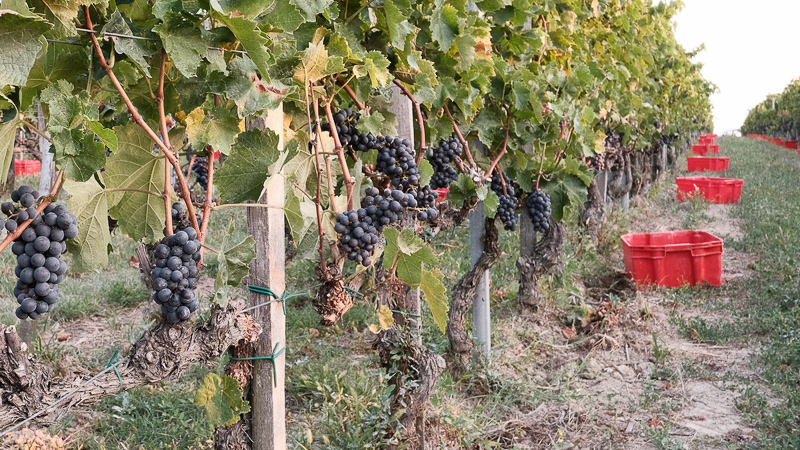
I asked him how his interest in the indigenous varieties started. ‘There are two answers, he replid. ‘First, taste: I started appreciating Kadarka first. It is a lightly coloured big-bunch variety. The wines are never big or bombastic, it has always been a drinking wine.’ He cited deliciacy and charm as its hallmarks.
And second, he wanted to do something that better showed off what Kekfrankos was capable of. ‘Kékfrankos is completely different. ‘There are 8000 hectares in Hungary,’ he says, ‘but it doesn’t have good reference points: the wines are either simple reds fermented in stainless steel, and at the high end it was made in a Bordeaux or international style with overripe berries and some new barrels.’ He adds that, ‘after tasting our wines for some years, I saw that whenever we age Kekfrankos for longer it loses some of its primary character.’
Zoli had studies and traineeships in Australia, France, Italy and Germany, which opened his mind and gave him ideas. ‘I wanted to do something new with these varieties. Putting a stronger emphasis on fermentation characteristics and losing some of the emphasis from the new barrels.’ For Kekfrankos, he’s using whole bunch spontaneous fermentation, which he says works well.
Kadarka is an interesting variety. Before phylloxera there were 50-60 000 hectares in Hungary, and now just 400 hectares remain – less than 1% of the vineyard area in the country. But there are 100 ha in Szekszárd. Zoli’s Kadarkas sell out fast. People are finally becoming interested in lighter-style reds with complexity. He has 3 ha, and he’s planting more so will soon have 4 ha. This year they have started certification for organics. In terms of Kadarka the berries are thin skinned, so it can get botrytis easily. Because this is an important variety for them, and in light of botrytis pressure, for the first two weeks of the harvest they have a strong focus on Kadarka.
They have seven new clones of Kadarka and get around a ton of each, fermented in small one-ton fermenters and old cement vats, and some bigger wooden fermenters. The winery also has some ceramic eggs that are used for the single-vineyard Kadarka.
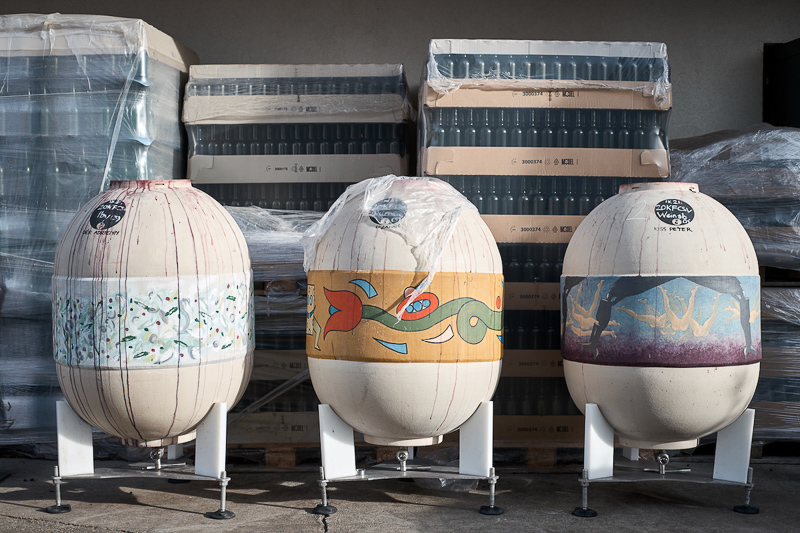
Kékfrankos is very different. ‘It is all over Hungary, found in most of the wine regions,’ says Zoli, who wrote his masters thesis on the variety. ‘The difference was striking,’ he says. ‘The Hungarian growers said it was reliable to grow and work with in the cellar, and good for everything. The Austrians (high end growers) were communicating that Blaufrankisch is a terroir grape that shows vineyard differences and is an interesting and sophisticated variety. My view has shifted in this way: I don’t want to make a simple, fruity Kékfrankos, and it’s not interesting to me to make a big wine from this.’
‘The wine market is in quite a rapid shift,’ says Zoli. ‘The small-scale production and high use of manual labour is losing ground to machinery and automation. We are very clear that if this was the watch industry, we are the mechanical watch industry we have to become separated from the mass wine production. It is striking how many machine harvesters have popped up in recent years.’
THE WINES
Heimann & Fiai Szekszárd Kadarka 2018 Szekszárd, Hungary
There’s a bit of whole bunch here. This is pale in colour – really pale. There’s a lovely purity to the red cherry and cranberry fruit with some herbal hints and a nice sappy greenness. Shows some fine spices and notes of tea and herbs. Lovely subtle, drinkable wine with great precision. 93/100
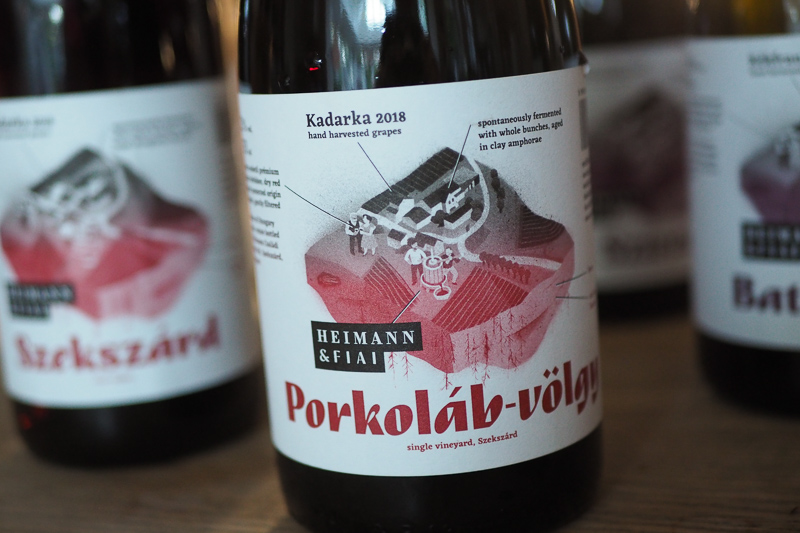
Heimann & Fiai Porkolab-Volgy Kadarka 2018 Szekszárd, Hungary
30% whole bunch. Lovely texture here: this has some warmth and depth, even though it is a lighter coloured wine. Strawberries and red cherries with a warm spicy edge. Lovely harmony and texture here with a floral edge to the textured red fruits. Finishes with a spicy flourish. Very fine. 94/100
Heimann & Fiai Szekszárd Kékfrankos 2018 Szekszárd, Hungary
12% alcohol. Regional wine from five-year old vines. Wild ferment, whole bunch, large Hungarian oak and a bit of stainless steel. Fresh, vivid, sweetly fruited and a bit spicy. Supple and bright, with a pepper and spice edge to the cherry and berry fruits, with a slightly tangy finish. Lovely purity and freshness here. Some fine green hints, with a crystalline quality on the finish. Shows freshness and delicacy with lovely purity to the fruit: this is low in alcohol but properly ripe. 93/100
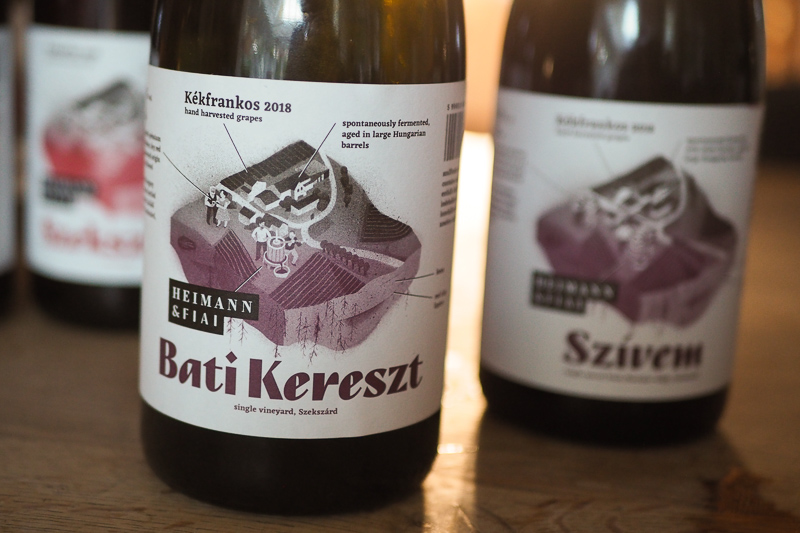
Heimann & Fiai Bati Kereszt Kékfrankos 2018 Szekszárd, Hungary
12.5% alcohol. A single-vineyard wine, from the most western vineyard, at 280 m (the highest). Wild ferment, and aged in large Hungarian oak barrels (1000 litres, older). This was the last fermented, and because the vintage was compressed they had to use a stainless steel fermenter where it wasn’t possible to do whole-bunch at all. Juicy, spicy and with some black cherry aromatics: sweetly aromatic and enticing. The palate has nice focus and concentration with good acidity under the supple black cherry fruit. Really expressive and vital with sleek, smooth black fruits and hints of tar and citrus peel. Nice black cherry and blackberry fruit. Lovely floral elegance to this wine. This improved greatly being opened in advance. 94/100
Heimann & Fiai Baranya-Völgy Kékfrankos 2018 Szekszárd, Hungary
12.5% alcohol. A newer valley that was a forest until the 1960s. Single lot, 25% whole bunch in a five-ton wooden fermenter. This wine has a real smoothness and silkiness to it, allied to freshness. There’s some lushness and depth to this wine, but also it has some good structure under the fruit. Supple and bright with fresh red cherry and raspberry fruit, as well as some tarry, spicy notes. Structured, showing fresh acidity and a tapering, lively finish. Grainy and supple. This has lovely balance and poise. 93/100
Heimann & Fiai Szívem Kékfrankos 2018 Szekszárd, Hungary
12.5% alcohol. The top wine of the line-up. It’s a parcel of Baranya-Völgy which they bought in 1996 and have renovated. Even tasting the berries he notices the difference from this vineyard. There is some whole bunch here, and it is matured in neutral big barrels. Sweet, fresh, bright raspberry and black cherry fruit. There’s a nice focus here with a mineral undertone to the fresh fruit, as well as some silkiness. Finishes peppery and bright, with good structure and a really focused structure. This is a wine with real precision and intensity. 92/100
Find these wines with wine-searcher.com

